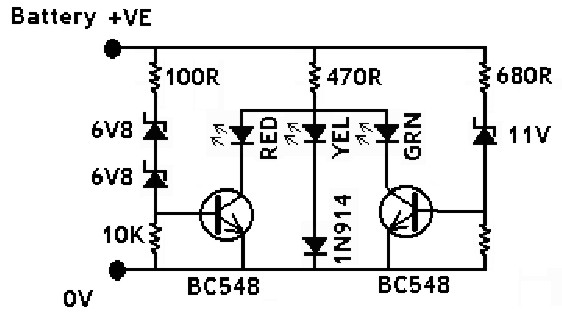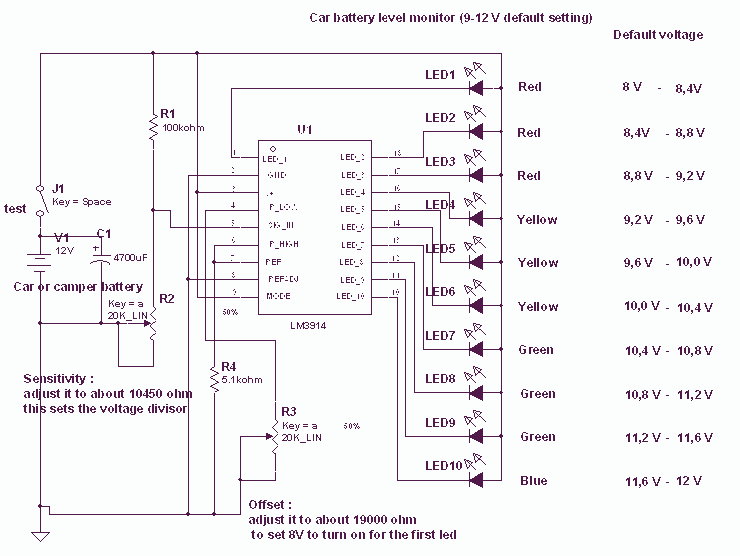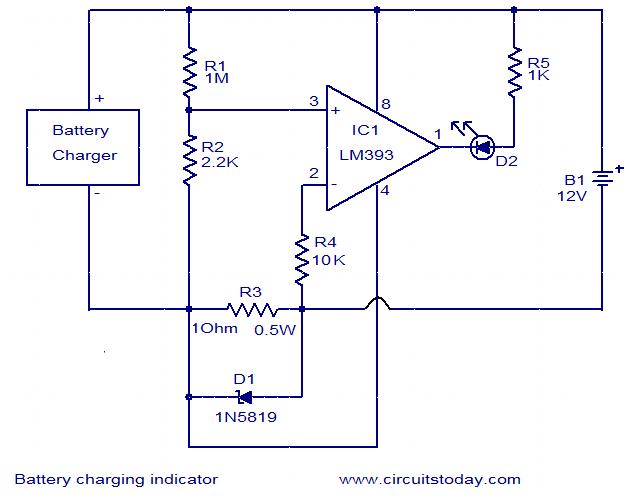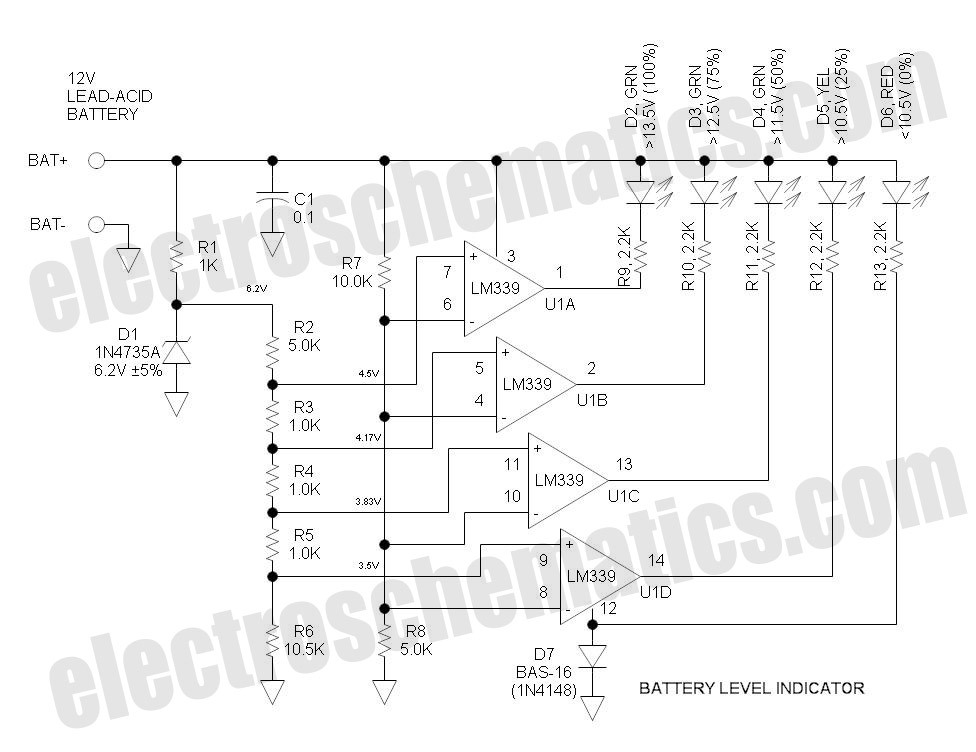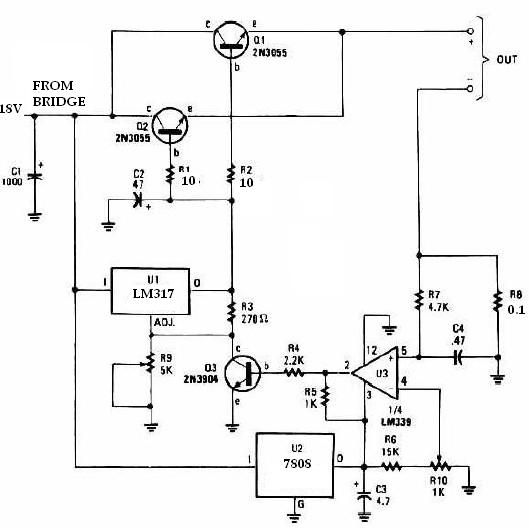
Versatile Micropower Battery Protector

In May 2002, Silicon Chip introduced the "Battery Guardian," a project aimed at safeguarding 12V car batteries from over-discharge. This unit has gained significant popularity and remains available from kit suppliers. The new design does not replace the Battery Guardian for 12V car batteries; instead, it offers a more versatile alternative compatible with various battery voltages. The "Micropower Battery Protector" eliminates the low-battery warning circuitry and the relatively inexpensive N-channel MOSFET found in the Battery Guardian, opting instead for a more compact module that consumes significantly less battery power. Although it is priced slightly higher, it is capable of switching lower voltages, making it suitable for 6V and 12V lead-acid batteries, as well as 4-cell to 10-cell NiCd and NiMH battery packs. Many battery-operated devices lack a mechanism to disconnect the batteries when they are depleted. Even when the voltage falls below the threshold for normal operation, battery drain often continues until all energy is exhausted. This issue is particularly prevalent in devices designed for alkaline or carbon cells that have been retrofitted with rechargeable batteries. Emergency lighting and security equipment, which are typically float-charged from the mains, also face this risk during prolonged power outages, leading to complete battery drainage, which may prevent recovery when mains power is restored.
The "Micropower Battery Protector" is engineered to address the limitations of conventional battery management systems. Its compact design facilitates integration into various applications without occupying significant space. The device operates by monitoring the voltage levels of connected batteries and disconnecting them when the voltage drops below a predefined threshold, thereby preventing over-discharge and potential damage to the batteries.
The selection of components in the "Micropower Battery Protector" is critical for its performance. The use of low-power, high-efficiency MOSFETs minimizes energy loss during operation, ensuring that the device itself does not contribute significantly to the overall power consumption of the system. This is particularly important for battery-operated devices where every milliampere counts.
Moreover, the "Micropower Battery Protector" is designed to be compatible with multiple battery chemistries, allowing for widespread application across different types of devices. The ability to handle both lead-acid and NiCd/NiMH batteries makes it a versatile solution for various consumer electronics, tools, and emergency systems.
In practical applications, the implementation of the "Micropower Battery Protector" can significantly extend battery life, reduce the frequency of battery replacements, and enhance the reliability of devices that rely on battery power. By preventing deep discharge, the device ensures that batteries remain within safe operational limits, thereby improving overall efficiency and performance.
This innovation represents a significant advancement in battery management technology, providing users with a reliable solution to prevent over-discharge and ensure the longevity of their battery systems.Back in May 2002, we (Silicon Chip) presented the "Battery Guardian", a project designed specifically for protecting 12V car batteries from over-discharge. This unit has proven to be very popular and is still available from kit suppliers. This new design does not supersede the Battery Guardian at least not when it comes to 12V car batteries.
I nstead, it`s a more flexible alternative that can be used with a wide range of battery voltages. In this new "Micropower Battery Protector", we`ve dispensed with the low-battery warning circuitry and the relatively cheap N-channel MOSFET used in the Battery Guardian in favour of a physically smaller module that steals much less battery power. It costs a little more but can switch lower voltages, allowing it to be used with 6V & 12V lead-acid batteries and 4-cell to 10-cell NiCd and NiMH battery packs.
Most battery-powered equipment provides no mechanism for disconnecting the batteries when they`re exhausted. Even when the voltage drops too low for normal operation, battery drain usually continues until all available energy is expended.
This is particularly true of equipment designed to be powered from alkaline or carbon cells but retro-fitted with rechargeables. Another example is emergency lighting and security equipment designed to be float-charged from the mains.
In an extended blackout period, the batteries can be completely drained and may not recover when the mains power is finally restored. 🔗 External reference
The "Micropower Battery Protector" is engineered to address the limitations of conventional battery management systems. Its compact design facilitates integration into various applications without occupying significant space. The device operates by monitoring the voltage levels of connected batteries and disconnecting them when the voltage drops below a predefined threshold, thereby preventing over-discharge and potential damage to the batteries.
The selection of components in the "Micropower Battery Protector" is critical for its performance. The use of low-power, high-efficiency MOSFETs minimizes energy loss during operation, ensuring that the device itself does not contribute significantly to the overall power consumption of the system. This is particularly important for battery-operated devices where every milliampere counts.
Moreover, the "Micropower Battery Protector" is designed to be compatible with multiple battery chemistries, allowing for widespread application across different types of devices. The ability to handle both lead-acid and NiCd/NiMH batteries makes it a versatile solution for various consumer electronics, tools, and emergency systems.
In practical applications, the implementation of the "Micropower Battery Protector" can significantly extend battery life, reduce the frequency of battery replacements, and enhance the reliability of devices that rely on battery power. By preventing deep discharge, the device ensures that batteries remain within safe operational limits, thereby improving overall efficiency and performance.
This innovation represents a significant advancement in battery management technology, providing users with a reliable solution to prevent over-discharge and ensure the longevity of their battery systems.Back in May 2002, we (Silicon Chip) presented the "Battery Guardian", a project designed specifically for protecting 12V car batteries from over-discharge. This unit has proven to be very popular and is still available from kit suppliers. This new design does not supersede the Battery Guardian at least not when it comes to 12V car batteries.
I nstead, it`s a more flexible alternative that can be used with a wide range of battery voltages. In this new "Micropower Battery Protector", we`ve dispensed with the low-battery warning circuitry and the relatively cheap N-channel MOSFET used in the Battery Guardian in favour of a physically smaller module that steals much less battery power. It costs a little more but can switch lower voltages, allowing it to be used with 6V & 12V lead-acid batteries and 4-cell to 10-cell NiCd and NiMH battery packs.
Most battery-powered equipment provides no mechanism for disconnecting the batteries when they`re exhausted. Even when the voltage drops too low for normal operation, battery drain usually continues until all available energy is expended.
This is particularly true of equipment designed to be powered from alkaline or carbon cells but retro-fitted with rechargeables. Another example is emergency lighting and security equipment designed to be float-charged from the mains.
In an extended blackout period, the batteries can be completely drained and may not recover when the mains power is finally restored. 🔗 External reference
